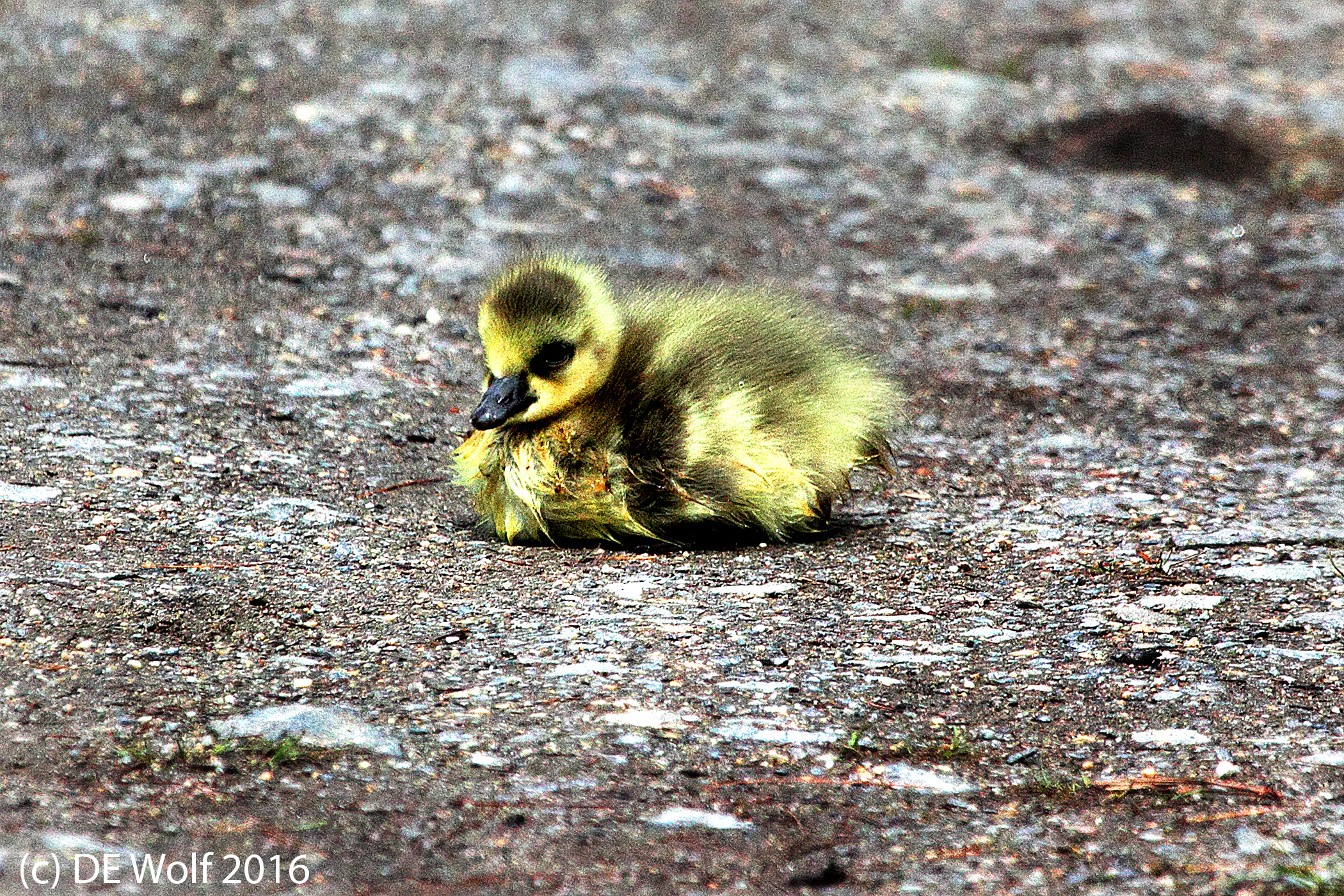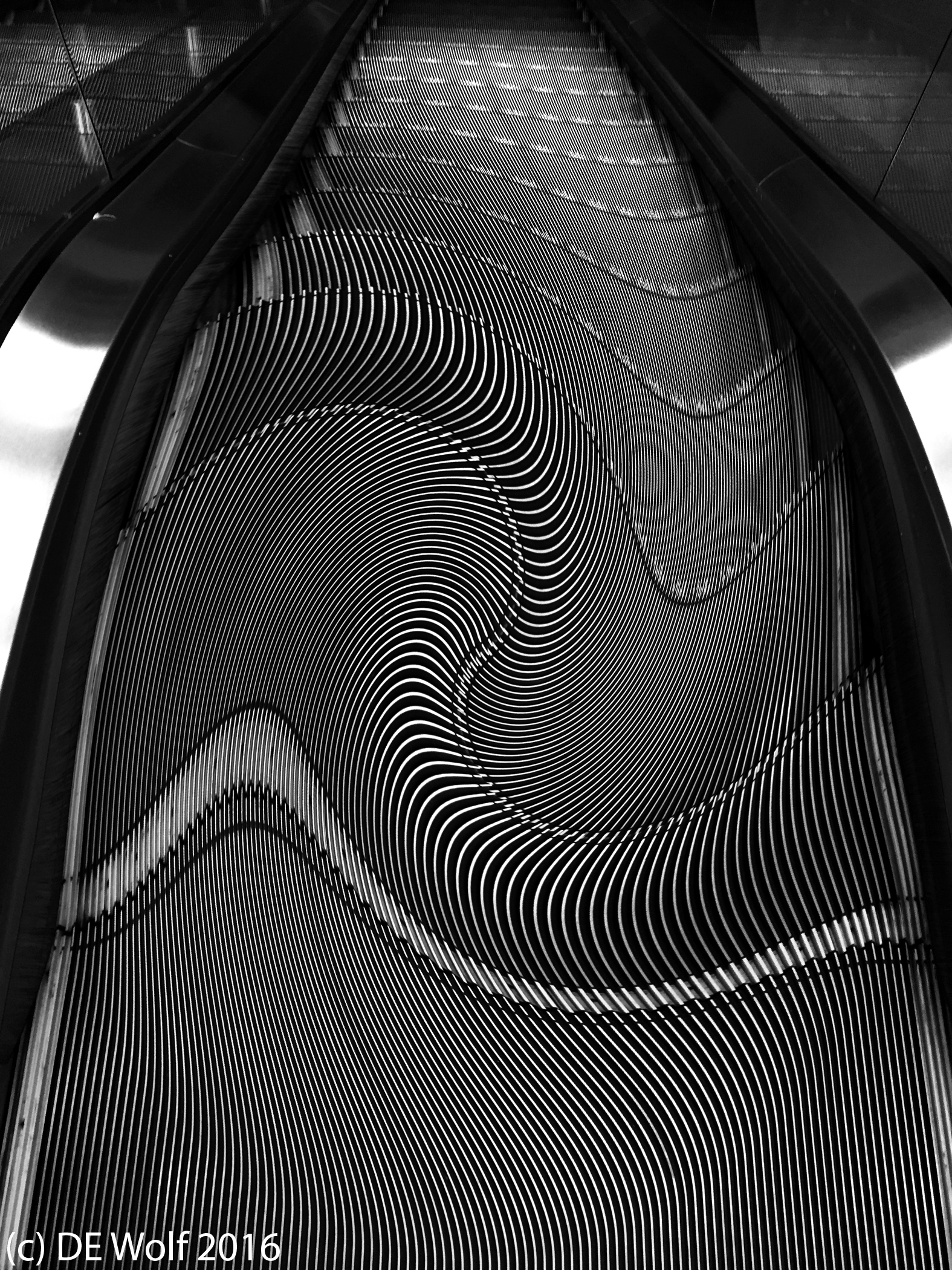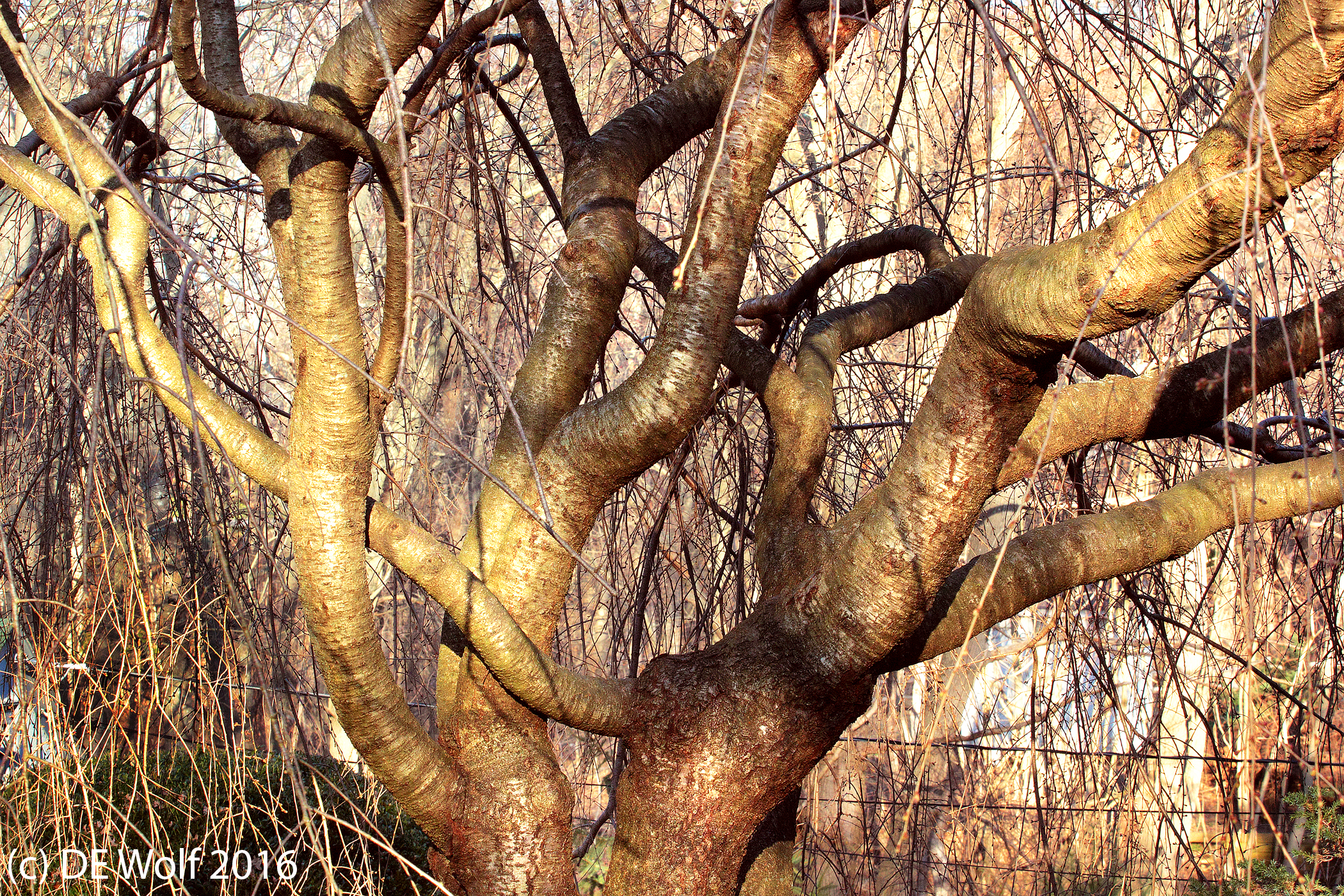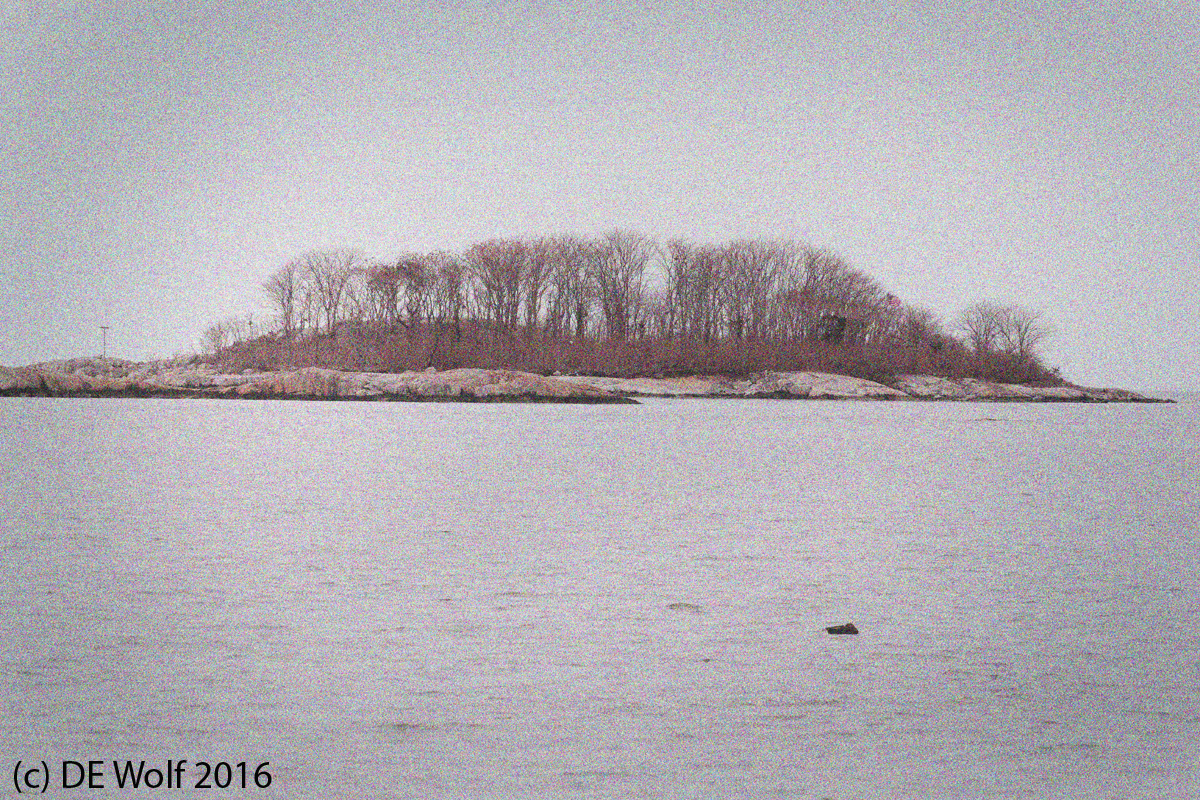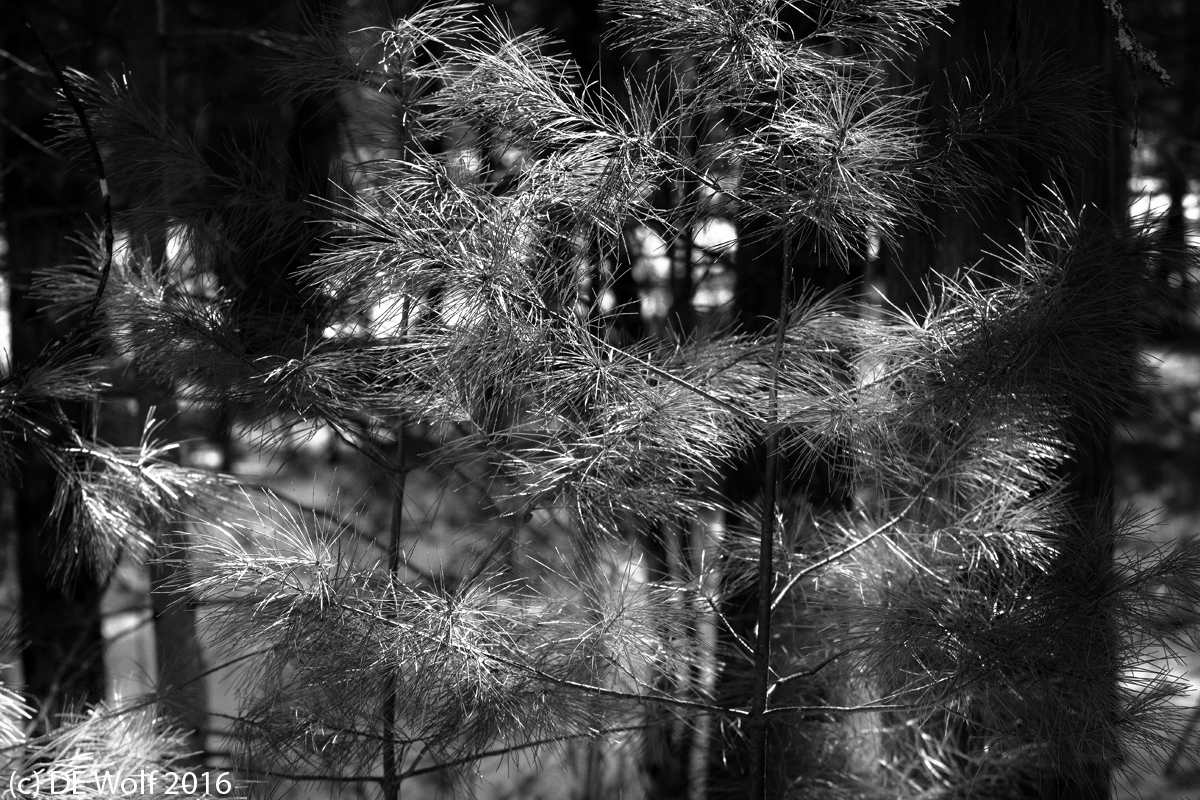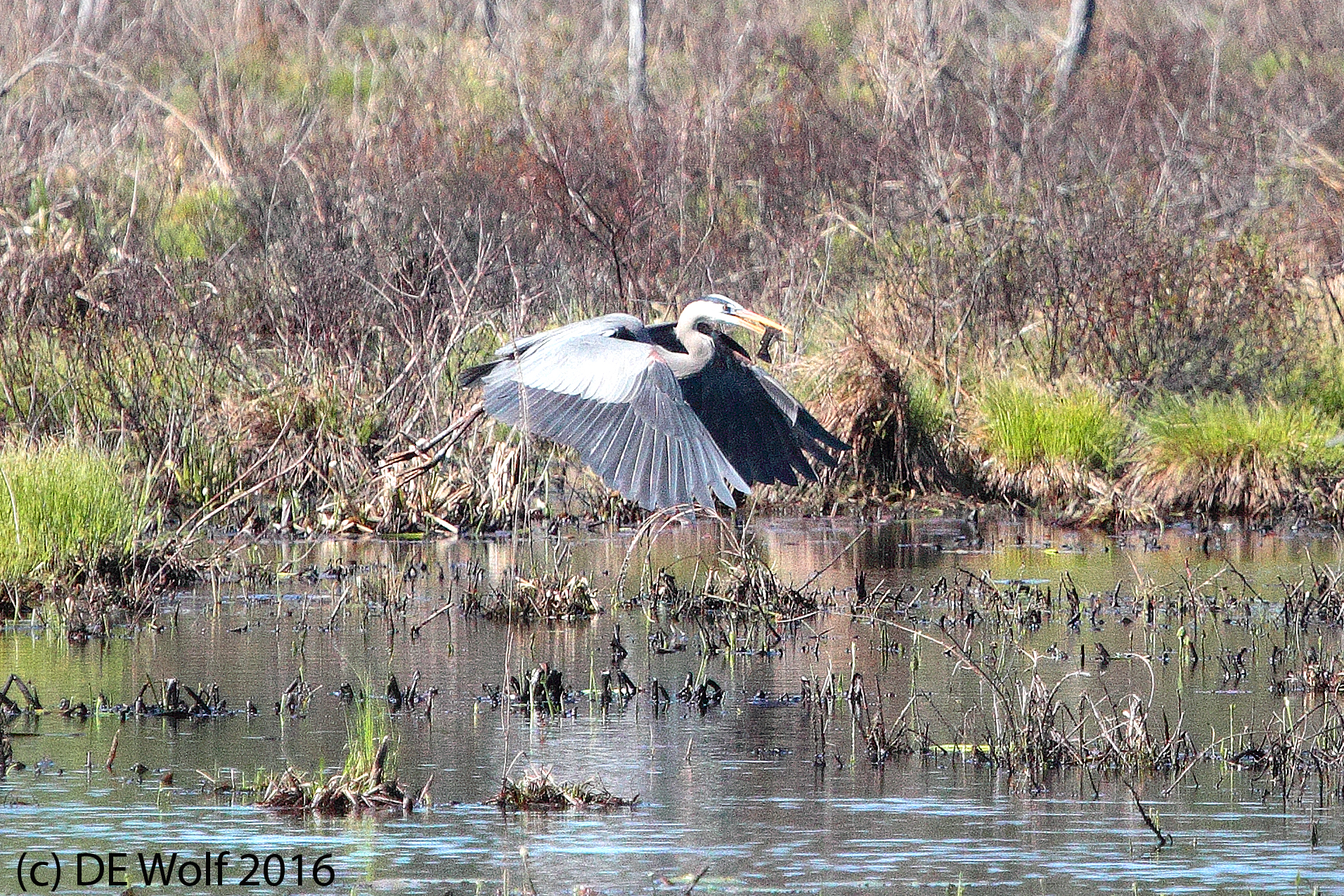I was amazed yesterday by this startling image of a monster tornado taken by Sean Schofer for Severe Studios This is really a remarkable image from a video sequence. Severe Studios – now doesn’t that sound ominous? These are people who make their livings chasing storms and other severe weather throughout America. They provide a service to the news networks. As we have discussed in an earlier blog, the first photograph of a tornado was taken by A.A. Adams in Anderson County, Kansas in 1884. The black and white nature of that first recorded image is reminiscent of Dorothy and the “Wizard of Oz.” Still it has a distant and almost sleepy quality to it. And in terms of storm photography, we have come a long way in the intervening 132 years. Schofer’s image fills us with the sheer terror of the moment – by the realization that a slight shift in motion and it could be upon us in moments, and these storms are not fully predictable. You may remember Jeff Goldblum’s character Dr. Ian Malcom explaining chaos theory to Laura Dern in “Jurassic Park.’ Mathematically storms like this are the very essence of chaos theory.


